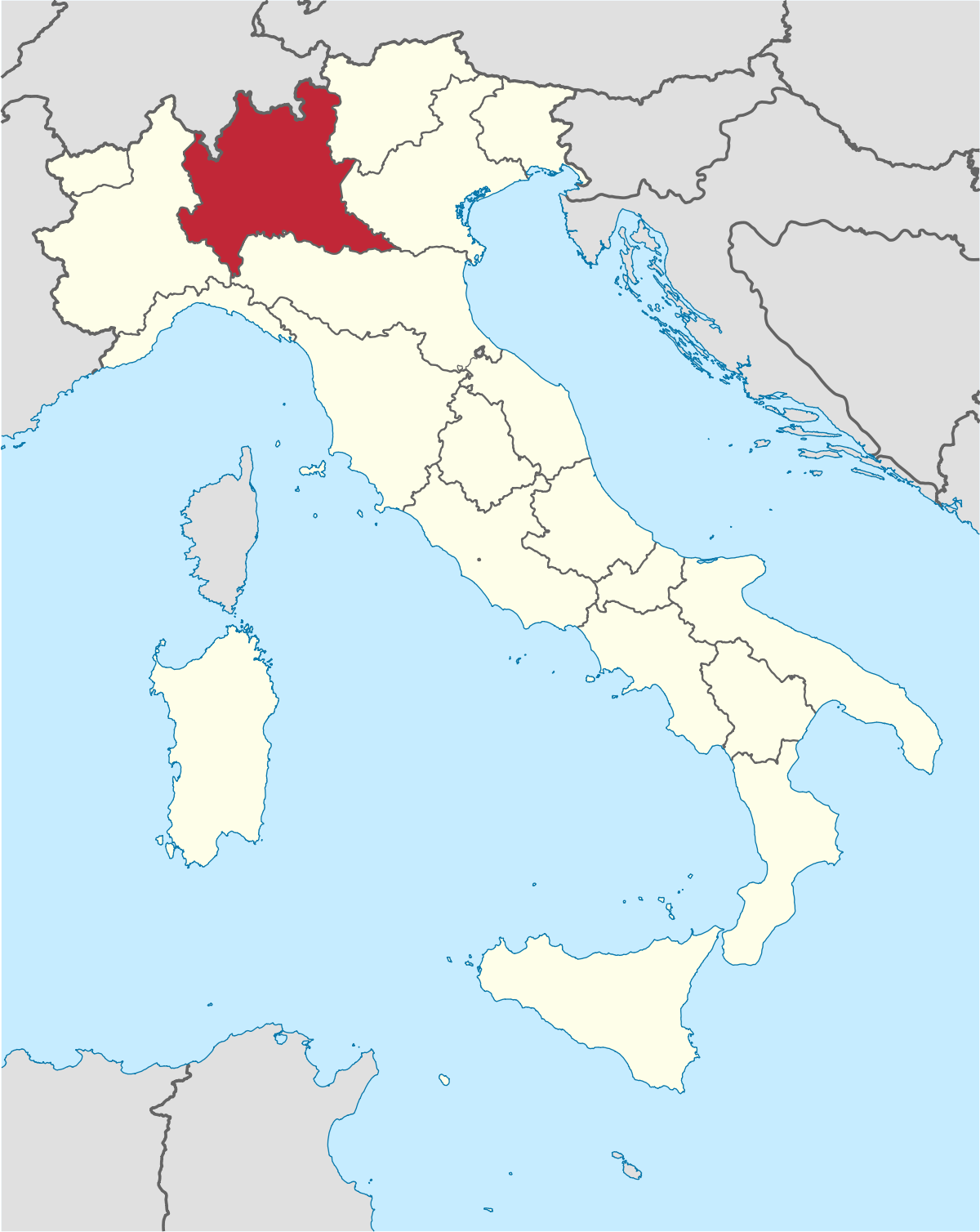Some Context:
Cheese is a beautiful thing. I mean that in the physical sense: marbled blues, oozing triple creams, celestial, crystallized aged alpines. However, there’s one cheese whose beauty stands out among the rest. Its exterior is unmistakable, its features wholly unique. Reader, meet Taleggio.
 Shaped like a square, Taleggio is a hefty cheese, but pliable too; an awkward combination for a cheesemonger, let me tell you. Taleggio sports a pale, ochre hue with a healthy amount of gray and white discolorations thanks to the five molds that grow on its rind during the aging process. Its most striking feature is its texture which owes itself to the caste in which the cheesemaker creates it. A pattern of grooves is the backdrop to four prominent T’s engraved onto the face of the cheese. One could very easily mistake a wheel of it for a roman artifact; maybe a slab of clay from a shattered wall or piece of pottery. Taleggio is rustic and intricate and absolutely intriguing in full form, as exhibited below.
Shaped like a square, Taleggio is a hefty cheese, but pliable too; an awkward combination for a cheesemonger, let me tell you. Taleggio sports a pale, ochre hue with a healthy amount of gray and white discolorations thanks to the five molds that grow on its rind during the aging process. Its most striking feature is its texture which owes itself to the caste in which the cheesemaker creates it. A pattern of grooves is the backdrop to four prominent T’s engraved onto the face of the cheese. One could very easily mistake a wheel of it for a roman artifact; maybe a slab of clay from a shattered wall or piece of pottery. Taleggio is rustic and intricate and absolutely intriguing in full form, as exhibited below.
Taleggio is a product of Italy, more specifically, northern Italy: the Lombardy region. It is made in the lush foothills of Valtellina, and has been for centuries. Archeologists can trace its production all the way back to the ninth century. At one point, the cheese was used as a currency, as its compact shape made it easy to transport. Before just recently receiving the name Taleggio in 1914, the cheese had always been known as “stracchino,” meaning “tired” in Italian. This was a reference to the cows who laboriously migrated from the mountains to the pastures for milking. Just like so many other old, European cheeses, Taleggio is name-protected and even has its own consortium whose mission it is to enforce its legal standards.

Procuring and Tasting:
Taleggio has established residency in the United States, I would say. It can be found in most large grocery stores and on any respectable Italian restaurant menu. In relation to other artisan cheeses, Taleggio is on the cheaper end of the spectrum (mine was $25/lb).

The taste of Taleggio can vary widely depending on its level of ripeness. The more ripe it is, the more stinky and creamy it is, imparting a beefy taste. My hunk was on the less ripe side of the spectrum. It was cakey in texture and egg-like and slightly tart in flavor. It was too young to have a distinguishable aroma. Young or old, in my experience, you can’t have just one bite of Taleggio.
Cooking with Taleggio:
I started by pairing my Taleggio with wine from the same region: Nebbiolo, a full bodied red from Piedmont. The chalky mouthfeel of the cheese was suitable to stand up to this dominant red.
Next, I turned to my stove and embarked on a Mushroom-Taleggio Risotto. I was pleasantly shocked to taste how delicious it turned out (only because I am a novice cook, nothing against your recipe, Washington Post!) It was sweet, savory and creamy and the perfect dish with which to finish off the rest of the Nebbiolo.






Nice! Again!
>
LikeLike